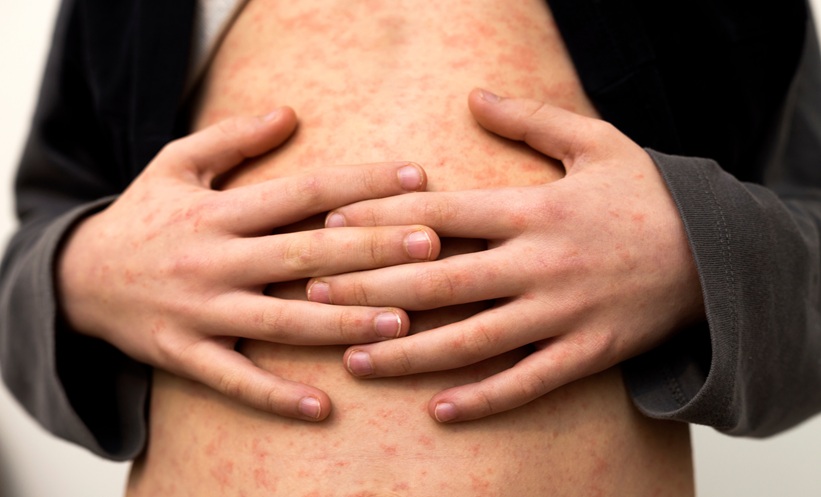MPOX has rapidly transitioned from a neglected zoonosis to a global health concern, with recent outbreaks reshaping its epidemiology, clinical features, and management strategies. Once primarily associated with zoonotic spillover events and household clusters in children, mpox now demonstrates sustained human-to-human transmission across diverse populations, including men who have sex with men for clade IIb, heterosexual networks for clade Ib, and more recently clade Ia outbreaks.
Clinical presentation has shifted from widespread rashes to more localized lesions, often confined to the anogenital area. While the disease remains self-limited in most cases, pregnant women, young children, and immunocompromised individuals remain at elevated risk of severe illness. This evolving clinical profile underscores the importance of accurate recognition and timely management in high-risk groups.
Supportive care continues to be the foundation of treatment. Tecovirimat, previously regarded as the first-line therapy for severe cases, has not shown efficacy in recent randomized controlled trials, prompting clinicians to reassess its role. Meanwhile, the Modified Vaccinia Ankara vaccine has demonstrated a strong safety profile and promising efficacy, including in immunocompromised individuals, when administered as a two-dose regimen.
These developments highlight the urgent need for sustained surveillance, equitable access to diagnostics, and targeted public health interventions to mitigate future outbreaks. With mpox now firmly established as a re-emerging global health threat, U.S. healthcare professionals must remain vigilant, particularly as transmission dynamics continue to evolve.
Reference: Viguier C et al. From neglected to notoriety: a review of Mpox clinical features, virology, epidemiology, treatment and prevention strategies. Eur J Clin Microbiol Infect Dis. 2025. doi: 10.1007/s10096-025-05242-1








